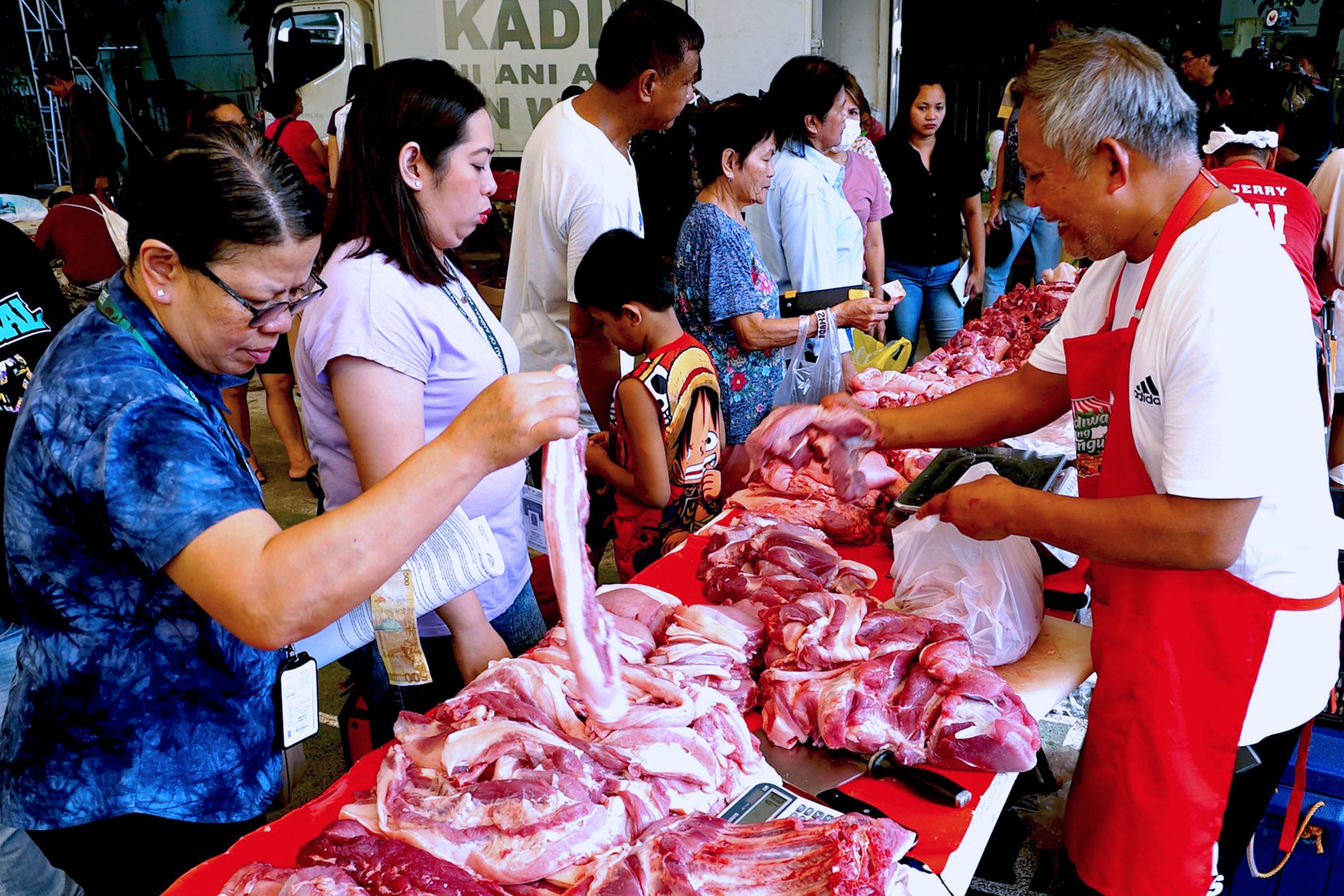
By Brian Campued
The government, under President Ferdinand R. Marcos Jr., assured the public that it is working relentlessly to ensure stable food prices as the country’s inflation continues to settle within the government’s target range despite an uptick in October.
The Philippine Statistics Authority (PSA) on Tuesday reported that the headline inflation accelerated to 2.3% in October 2024, slightly higher than the 1.9% recorded in September—but lower than the 4.9% in October 2023.
“This brings the year-to-date average inflation to 3.3%, comfortably within the government’s target range of 2.0 to 4.0%,” the National Economic and Development Authority (NEDA) said in a statement.
PSA Undersecretary and National Statistician Dennis Mapa said October’s inflation was primarily influenced by faster increase in the prices of food (2.9%) and non-alcoholic beverages (1.4%), particularly rice at 9.6%.
According to the Department of Finance (DOF), the uptick in rice inflation was mainly due to the base effects from the imposition of a mandated price ceiling on rice, which led to an overall price decrease in October last year.
This increase is likely temporary, the DOF said, noting a continuous decline in the retail price of rice due to reduction in rice tariffs starting July 2024.
“Overall retail rice prices are expected to further ease in the coming months as more and cheaper imported rice is expected to enter the Philippine market,” the DOF said in a statement.
On the other hand, meat inflation remained stable, as pork prices logged lower inflation at 3.5% from 3.7% in September.
“The latest inflation figures confirm that we are on track to keep inflation within target. The government is fully committed to ensuring price stability and protecting Filipino households from undue shocks,” NEDA Sec. Arsenio Balisacan.
The NEDA chief assured that the government is committed to keeping food available and prices steady, despite challenges to supply chain and logistics posed by the onslaught of tropical cyclones Kristine and Leon.
“With targeted support and streamlined food supply chains, we aim to ensure that food is affordable and accessible for Filipino families, especially those most vulnerable to price shocks when disasters hit us,” Balisacan said.
“The President has mobilized all of government to ensure relief efforts are comprehensive and delivered on time. In addition, he has directed us to craft a robust solution to build the resilience of families and communities amid the onslaught of severe typhoons,” he added.
Among the initiatives of the Marcos Jr. administration to mitigate the impact of calamities is the implementation of the Building on Social Protection for Anticipatory Action and Response in Emergencies and Disasters (B-SPARED) Program of the Department of Social Welfare and Development, which provides social safety nets and capacity-building measures to support affected communities.
The state weather bureau forecasts that La Niña will persist until the first quarter of 2025, with two to eight tropical cyclones expected to affect the country until April 2025.
In a separate statement, Finance Secretary Ralph Recto said the government is on top of ensuring prompt response and relief efforts to storm-hit communities.
In response to the onslaught of Severe Tropical Storm Kristine, the Department of Trade and Industry (DTI) implemented a 60-day price freeze on basic necessities in areas under a state of calamity while the Department of Agriculture (D.A.) initiated early harvesting and increased rice purchasing to boost rice buffer stocks.
“Our whole-of-government efforts, including intensive monitoring and mitigation of price increases on food and non-food items, are expected to keep inflation within our target range for the next two years, at least,” Recto stated.
—iro
